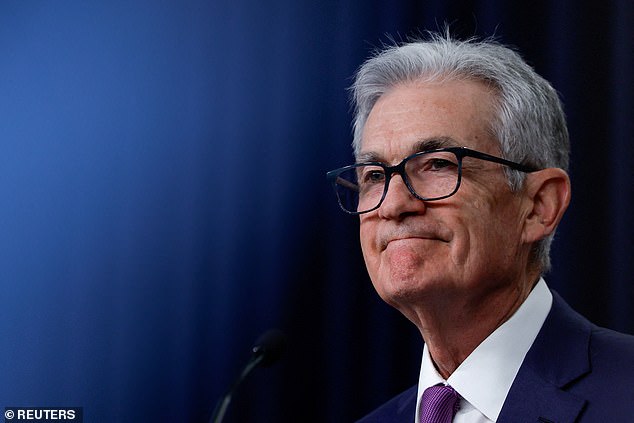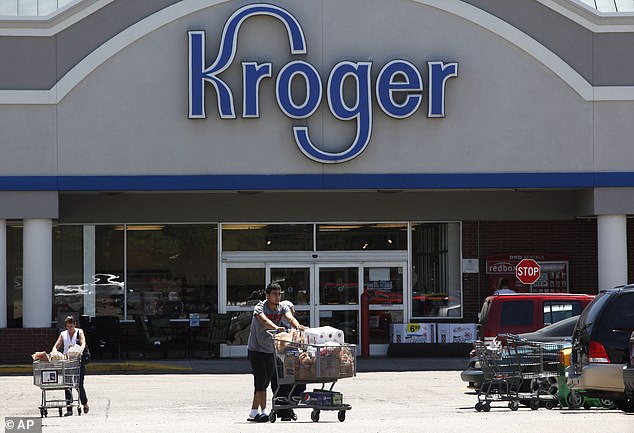Inflation slows to 3.1% in January – but is still hotter than expected and causes Dow and S&P to dive as investors all but rule out March rate cut
- US inflation slowed to 3.1 percent in January, a smaller than expected decline
Annual inflation was 3.1 percent in January, 0.2 percentage points higher than expected.
The higher-than-expected inflation could be an indication that the Federal Reserve is unlikely to cut record high interest rates as quickly as expected.
Markets on Tuesday appeared to rule out the possibility of a rate cut at the Fed’s upcoming March meeting.
Prices rose 0.3 percent between December and January – up from 0.2 percent the month before, according to the latest CPI data.
Rent was one of the main factors fueling inflation. The shelter index rose 0.6 percent in January, after rising 0.4 percent in December. And car insurance rose 1.4 percent this month.
Annual inflation was 3.1 percent in January, down from 3.4 percent in December but still 0.2 percentage points higher than expected

The inflation rate plays a big role in whether the Federal Reserve will cut interest rates sooner rather than later. Pictured is Chairman Jerome Powell
Grocery costs also rose again, with the CPI index for food at home rising the most in a year.
Stock futures immediately fell after the news. The Dow Jones fell 300 points, or nearly 1 percent, and the S&P 500 fell 1.1 percent — falling below the 5,000-point mark it rose above on Friday.
“January’s inflation report came in well across the board, which could spook investors after a big rally in recent months,” said Bret Kenwell, analyst at eToro.
Economists and markets had previously expected consumer prices to rise 2.9 percent, which would have been the smallest year-on-year change in two years.
“The total year-over-year increase came to 3.1 percent, better than December’s 3.4 percent, while the core remained at 3.9 percent, in other words, not close to where the Fed wants to be,” said Mark Hamrick, senior economic director. analyst at Bankrate.
The core CPI excludes food and energy and is a figure the Fed pays close attention to when setting interest rates.

The CPI index for food at home has risen the most in a year. The photo shows shoppers outside a Kroger in Dearborn, Michigan
US consumers expected fairly stable inflation prospects for the start of the year, a New York Fed survey showed.
Several Fed officials, including Chairman Jerome Powell, said last week that they want to see more evidence that inflation will continue to fall before cutting rates.
“Attention turns to the next meetings in May and June,” Hamrick said.
Thursday’s retail sales data and Friday’s producer price index (PPI) figures are now widely expected, as are comments from Fed officials that could hint at future interest rates.
